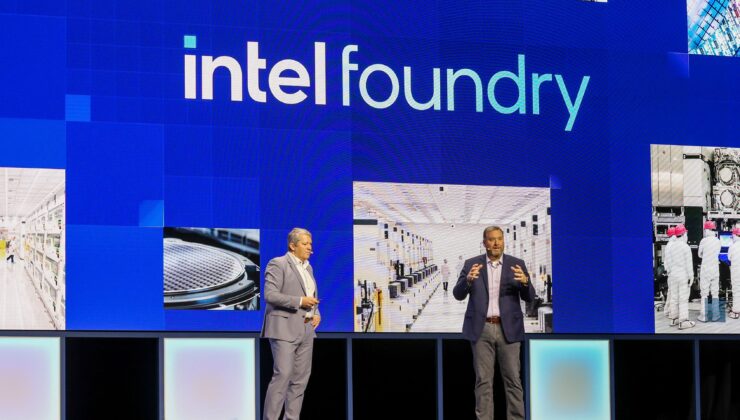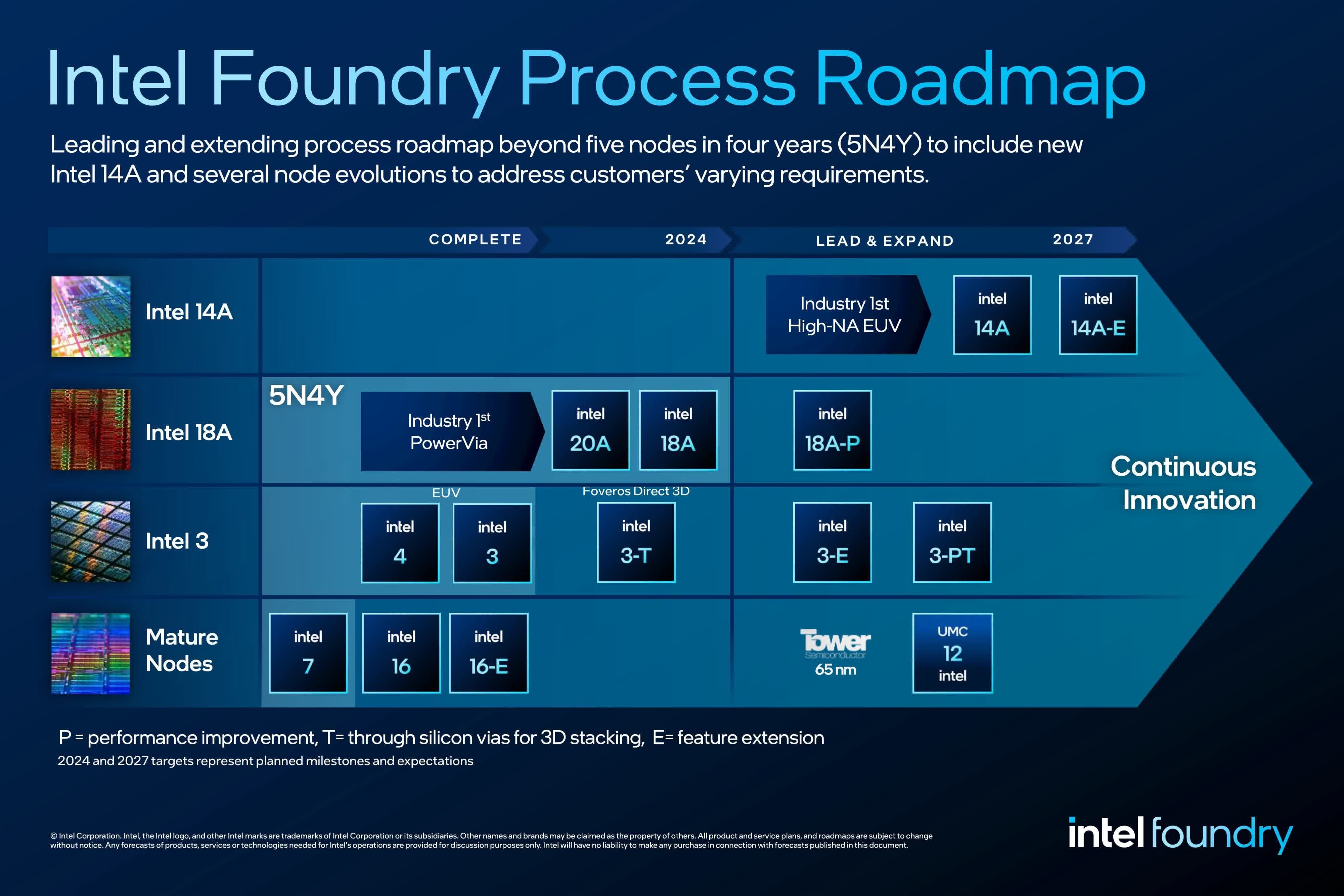



Intel has officially announced that its highly anticipated 18A production technology has progressed into the “risk production” phase. This development is a significant milestone for Intel, indicating that the transition to mass production is just around the corner. Over the past years, Intel Foundry Services (IFS) faced criticism due to delays and performance setbacks. However, the 18A process is set to rejuvenate Intel’s chip manufacturing prowess.
At the Intel Vision 2025 event, the tech giant revealed that the 18A process has now entered risk production, with plans to commence mass production by the year’s end. But what exactly does “risk production” entail? This phase involves limited-scale production aimed at evaluating the feasibility and efficiency of the manufacturing process. By identifying any potential flaws, this stage is crucial for ensuring a seamless transition to mass production.

Intel’s announcement signals that the 18A process has overcome previous challenges and is primed for commercial deployment. The first application of this cutting-edge technology will be in the Panther Lake SoCs, scheduled for release in 2025. Panther Lake processors will serve as a critical benchmark for the 18A process’s performance capabilities.

A standout feature of Intel’s 18A technology is its implementation of BSPDN (Backside Power Delivery Network) technology. This innovative approach enhances efficiency and performance by optimizing power delivery on the backside of the silicon wafer. In addition, Intel plans to introduce various versions of the 18A process, further diversifying its technological offerings.
SİGORTA
6 saat önceENGLİSH
9 gün önceSİGORTA
9 gün önceSİGORTA
10 gün önceSİGORTA
13 gün önceSİGORTA
14 gün önceSİGORTA
15 gün önce 1
Elon Musk’s Father: “Admiring Putin is Only Natural”
11682 kez okundu
1
Elon Musk’s Father: “Admiring Putin is Only Natural”
11682 kez okundu
 2
7 Essential Foods for Optimal Brain Health
11557 kez okundu
2
7 Essential Foods for Optimal Brain Health
11557 kez okundu
 3
xAI’s Grok Chatbot Introduces Memory Feature to Rival ChatGPT and Google Gemini
11110 kez okundu
3
xAI’s Grok Chatbot Introduces Memory Feature to Rival ChatGPT and Google Gemini
11110 kez okundu
 4
Minnesota’s Proposed Lifeline Auto Insurance Program
9612 kez okundu
4
Minnesota’s Proposed Lifeline Auto Insurance Program
9612 kez okundu
 5
The Division 2: Battle for Brooklyn Expansion
8228 kez okundu
5
The Division 2: Battle for Brooklyn Expansion
8228 kez okundu
Veri politikasındaki amaçlarla sınırlı ve mevzuata uygun şekilde çerez konumlandırmaktayız. Detaylar için veri politikamızı inceleyebilirsiniz.